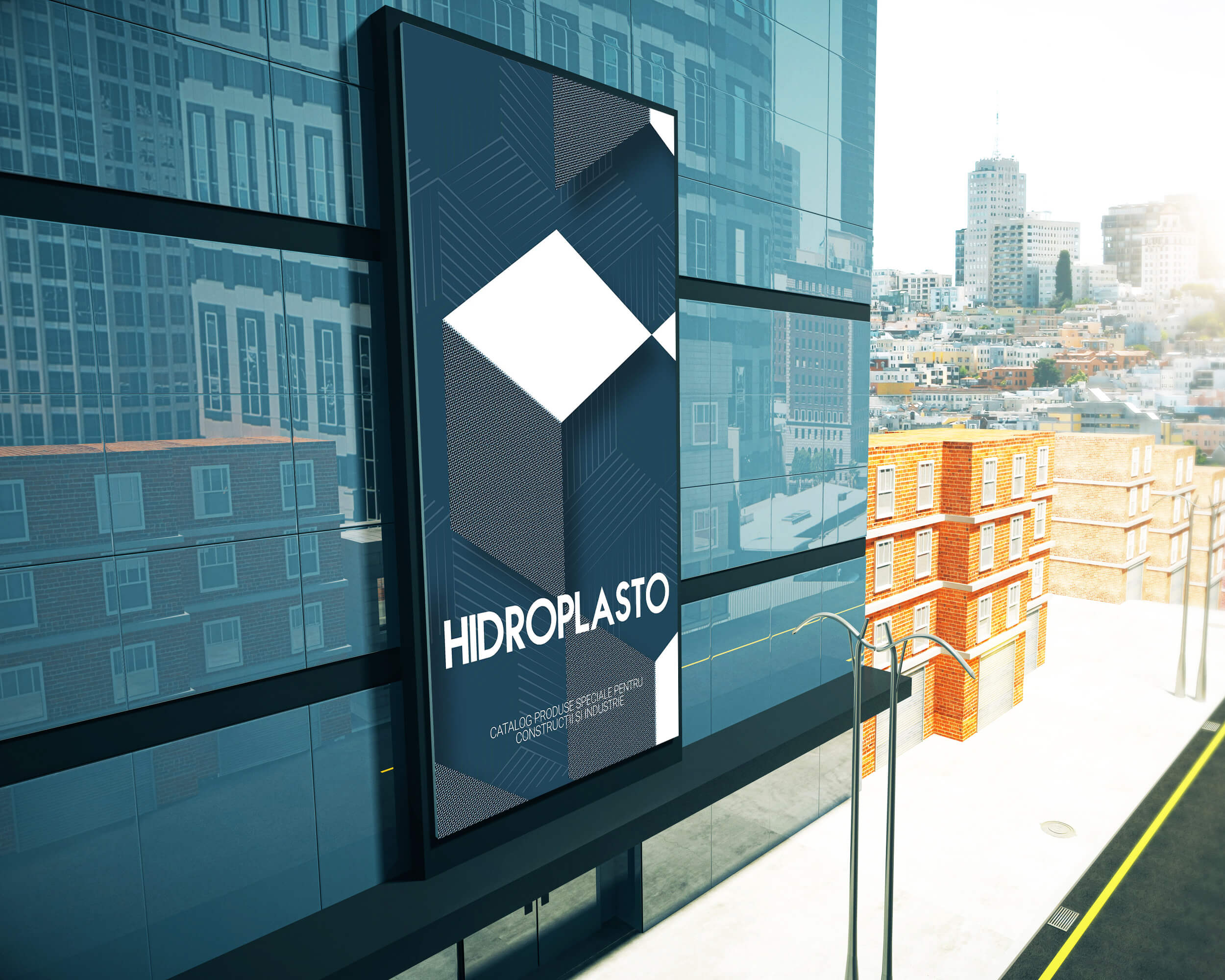Neopren bearings are elements that ensure the transmission of requests of any nature from the superstructure to the infrastructure. This neopren bearings must be so constructed as to allow the translation and rotation movements of the superstructure within certain limits without creating unforeseen demands in any of the bridge elements.
Neoprene bearings are made up of successive layers of neoprene and fret, vulcanized in a mold under high temperature and high pressure conditions.
Neoprene support devices for railroad and road bridges consisting of polychloroprene rubber (Neoprene) or natural rubber scrubbed with steel sheets (frets) are for reactions ranging from 200 KN to 5000 KN.
The temperature variation considered for the calculation of such neoprene devices is between -35 ° C and + 50 ° C. Within the load and displacement capabilities, these neoprene devices can also be used to support other industrial applications.
The dimensioning is done taking into account vertical and horizontal loads, linear deformations, spins, so that the neoprene supports support the conditions of resistance and stability.
The thickness of the neoprene intermediate layers will be 8.12 mm, recommending the minimum thickness. The reinforcement of these neoprene devices is made of OL37 sheets with thickness between 2 mm and 4 mm depending on the size of these devices.
The physical and mechanical characteristics of the neoprene blend must meet the conditions set out in the table below:


